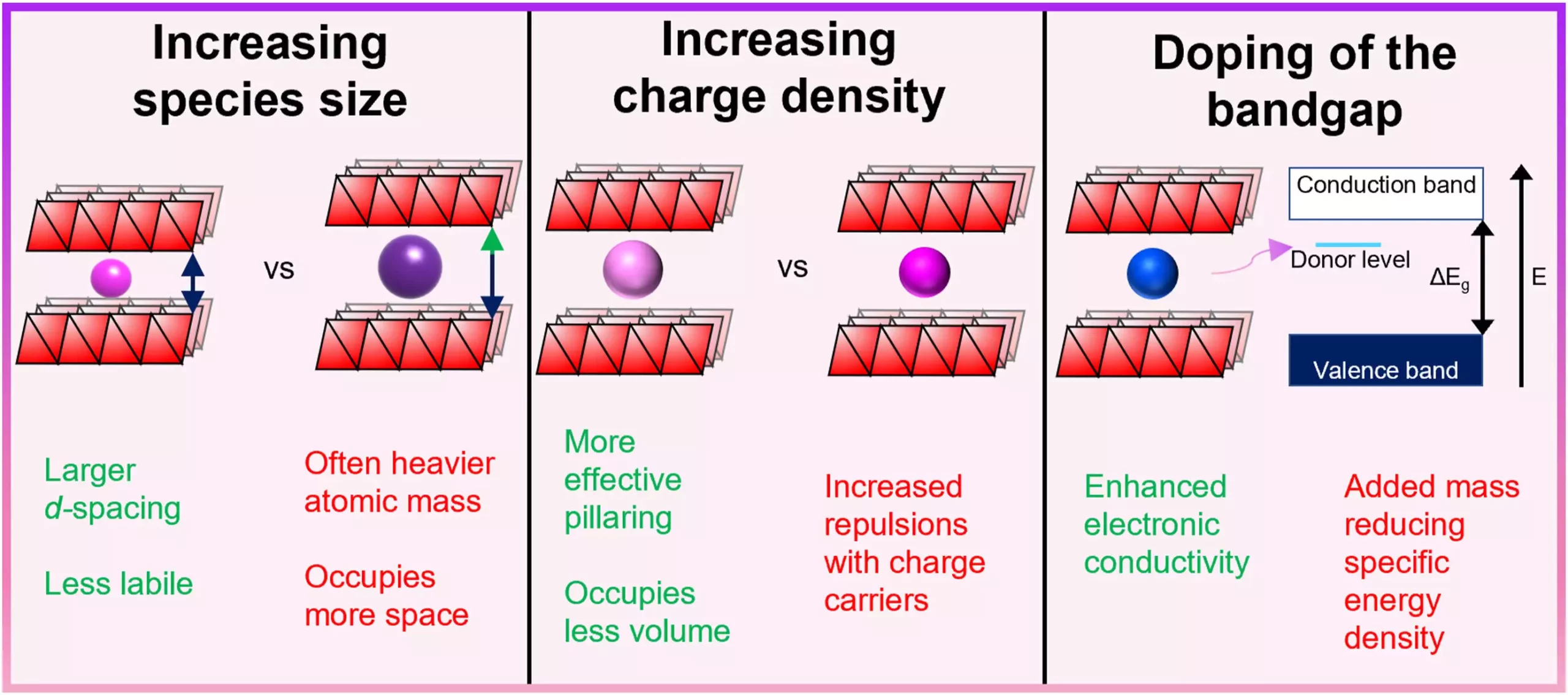The rapid surge in demand for energy storage solutions has spotlighted the pressing issue of lithium supply limitations. As traditional lithium-ion batteries struggle to meet the evolving needs of energy storage applications, researchers and developers are compelled to explore alternative battery technologies. The exploration is not just about seeking substitutes for lithium but is fundamentally about diversifying energy storage options by harnessing materials like sodium, potassium, magnesium, and zinc. These alternative battery systems hold great promise but are not without their own challenges, including limitations in energy capacity, charge-discharge rates, and overall stability.
Innovative Solutions: Carrier Pre-Intercalation Unveiled
Amidst these challenges, innovative approaches such as carrier pre-intercalation are gaining traction in the quest to improve the functionality of electrode materials. A recent study from the Department of Chemistry at University College London has illuminated this cutting-edge method. The research, detailed in the journal eScience, investigates how carrier pre-intercalation can enhance the electrochemical performance of electrodes in next-generation batteries. This method stands to significantly bolster the capabilities of sodium, potassium, magnesium, and zinc-ion batteries, positioning them as viable contenders in the energy storage landscape.
Mechanisms and Methods: Enhancing Electrode Performance
Carrier pre-intercalation employs techniques such as chemical and electrochemical processes to optimize the structure of electrode materials. By inserting beneficial ions into the electrode’s layers, researchers can successfully enlarge interlayer spacings. This enlargement not only improves the diffusion of ions but also enhances electrical conductivity, both of which are critical factors in battery performance. The refined interlayer architecture translates into batteries that not only perform better but also demonstrate extended lifespans—an essential criterion for both consumer adoption and industrial applications.
The implications of the findings from this research extend far beyond technological advancements; they resonate deeply with global sustainability initiatives. As Dr. Yang Xu, one of the study’s co-authors, aptly notes, the carrier pre-intercalation strategy directly addresses the limitations inherent in non-lithium batteries. By reducing the reliance on lithium, a resource increasingly fraught with supply chain issues and rising costs, this innovative method aligns with broader sustainability efforts, aiming for a greener, more responsible approach to energy storage.
The advent of such transformative approaches could catalyze a paradigm shift in the energy storage sector, promoting the adoption of alternative battery technologies not only for consumer electronics but also for larger-scale applications such as electric vehicles and grid storage systems. As these technologies mature, they may shape energy policies and market dynamics, heralding a future where energy storage is more efficient, sustainable, and accessible. This shift could redefine energy systems globally, ensuring resilience and sustainability in the face of an increasingly energy-demanding future.

